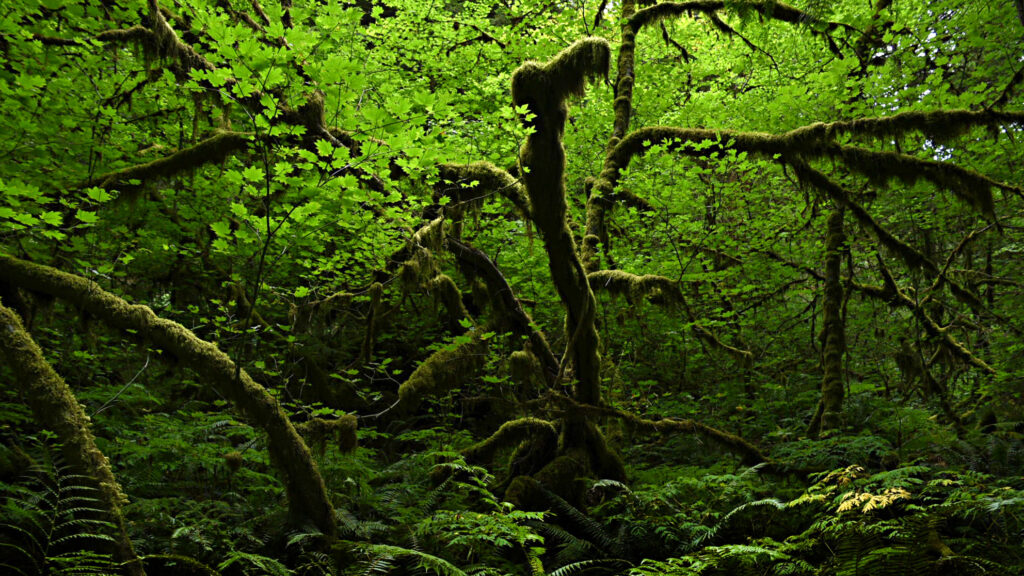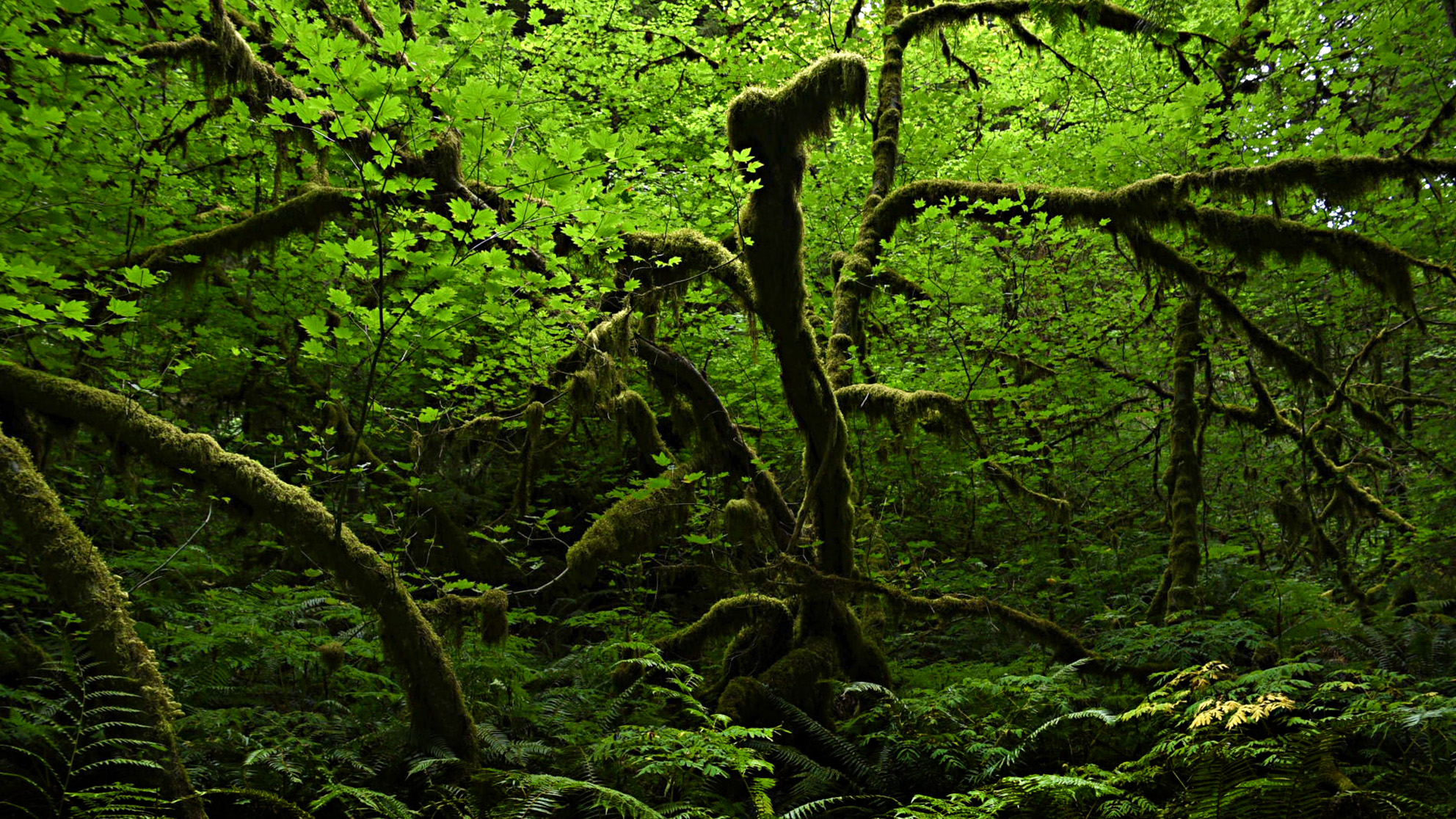“The real voyage of discovery consists not in seeking new landscapes but in having new eyes.” — Marcel Proust
Every landscape photographer remembers the first time they stood in front of a sweeping vista, camera in hand, heart pounding, only to get home and find the photos didn’t match the magic of the moment. The mountains were there. The light was there. But somehow… it didn’t translate.
It’s not because you weren’t in a beautiful place. It’s because you hadn’t yet learned to see.
The Photographer’s Eye: A Learned Perspective
Proust’s quote hits deep for photographers. At first glance, it might seem like good gear, epic locations, and perfect timing are all you need to make a great landscape image. But real growth as a landscape photographer doesn’t come from hopping from one jaw-dropping location to the next. It comes from training your vision—learning to see light, lines, emotion, story.
Learning to “have new eyes” means seeing the world not just as it is, but as it feels.
And that’s a skill you build over time.
Seeing vs. Looking
We’re all used to looking at things. But seeing is intentional. It’s noticing the way morning light grazes a hillside or how a lone tree adds balance to a frame. It’s understanding how clouds shape mood or how shadows can guide the eye. It’s seeing relationships between elements—foreground, middle ground, and background—and knowing how they work together in a frame.
The Shift: From Tourist to Storyteller
When you stop hunting for the most “photogenic” spots and start focusing on how a scene speaks to you personally, your photography begins to change. You might find yourself spending an hour in the same spot, watching how the light evolves. Or revisiting a local patch of forest for the hundredth time, still finding something new.
The image below was taken on a forest trail deep inside Mt. Rainier National Park on an overcast day. I was just in awe of the majesty of this grove of trees and the path I was privileged to take to see this wonder. I felt hushed as I traversed the trail … and the person with me did not see what I saw, or feel what I felt. Train your eyes and you will feel the wonder!
You’re no longer collecting trophies. You’re telling stories.

How to Practice Seeing
- Slow Down: Before you even take out your camera, take a few minutes just to observe. Ask yourself what you’re feeling in that moment and how you might express that visually.
- Shoot Familiar Places: Challenge yourself to photograph the same place in different seasons, times of day, or weather. The more you revisit, the more deeply you’ll learn to see it.
- Study the Masters: Look at the work of photographers who move you—not just for their locations, but for their use of composition, light, and emotion. Try to deconstruct why their images resonate.
- Use Your Phone: Before pulling out your main camera, compose some test shots with your phone. It’s a fast way to train your compositional eye without the pressure of settings and gear.
- Journal What You See: After each shoot, jot down what you noticed—how the light behaved, what you felt, what worked and what didn’t. Over time, patterns will emerge in what draws your eye.
Final Thoughts
Great landscape photography isn’t about chasing epic—it’s about perceiving the extraordinary in the ordinary. When you train yourself to see like a storyteller rather than a tourist, every landscape becomes a canvas.
As Proust reminds us, the journey isn’t always about the next destination. Sometimes, it’s just about opening your eyes.
Rediscover what matters through nature
Feeling Overwhelmed or craving stillness? At Finding Nature’s Beauty, we create space to breathe, reflect and reconnect –with yourself and the world around you. Reflections, our newsletter, is designed to help you find calmness and clarity from the stress of everyday living by providing weekly inspiration, stories, and actionable ideas to guide you.
